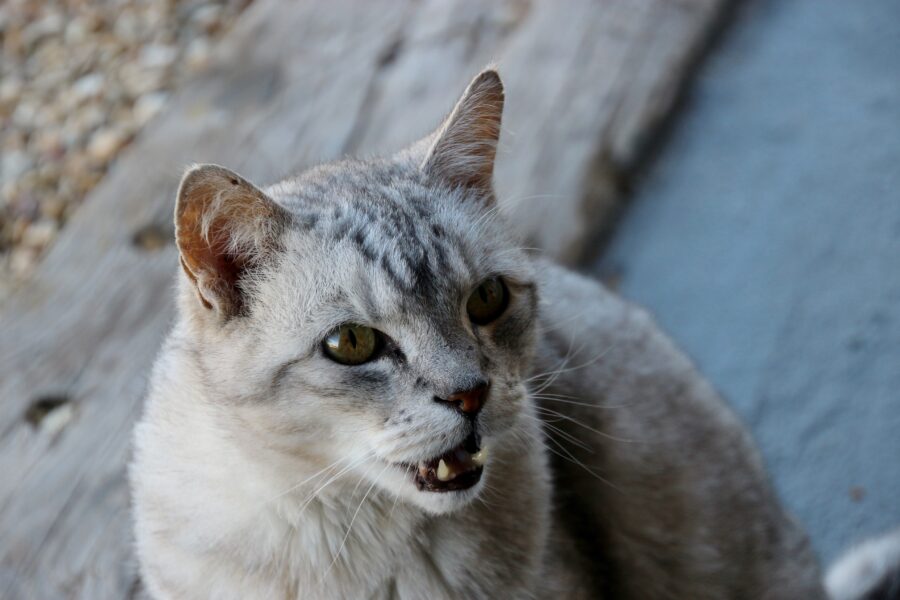Comment analyser les granules Blücare®?
Les granules Blücare® inclus dans la litière OdourLock maxCare® aident à dépister les traces de sang et/ou de glucose dans l’urine de votre chat. La présence de sang dans l’urine est fortement associée aux troubles urinaires chez le chat, notamment aux cystites idiopathiques félines, aux urolithiases et aux infections urinaires. La présence de glucose urinaire est, quant à elle, souvent reliée au diabète félin.
Lors de l’utilisation des granules Blücare®, il est important de retirer chaque jour les agglomérats d’urine et les selles avec une pelle à litière. Ainsi, si les granules détectent une présence de sang ou de glucose, vous saurez exactement à partir de quand cela a débuté.
Observez les granules qui sont entrés en contact avec l’urine de votre chat et consultez le guide ci-dessous pour vous aider à analyser la couleur des granules.

Note : Les granules ne remplacent pas l’avis d’un vétérinaire. Quelle que soit la couleur des granules, si vous avez un doute concernant l’état de santé de votre chat, nous vous recommandons de contacter votre vétérinaire.
—
Vous n’observez que des granules blancs
Vous et votre chat faites un super travail d’équipe !
Les granules sont négatifs pour le sang et négatifs pour le glucose urinaire chez votre chat. Il n’y a ici pas d’indicateur de maladie détectable par nos granules chez votre animal.
Continuez de bien surveiller votre chat, surtout s’il fait partie des individus ayant des présentant des facteurs de risque pour le diabète ou les troubles urinaires (redirection sur blogue sur facteurs de risque ‘’En savoir plus sur les facteurs de risque’’).
—
Vous avez un doute entre le blanc et le bleu
Des granules d’un bleu très clair ou d’un vert très pâle peuvent apparaître lorsque, par exemple, du sang ou du glucose sont présents dans l’urine en très petite quantité.
Note : Des conditions environnementales particulières (fortes température et/ou humidité ; exposition directe à la lumière du soleil ; exposition à un agent oxydant – ex. javel) ainsi qu’un biais dans le respect des conditions d’utilisation (oubli du nettoyage quotidien, granules déjà souillés par l’urine sur lesquels un chat va « ré-uriner » etc.) peuvent fausser la réponse colorimétrique des granules.
Si vous êtes incertain de la couleur, retirez bien tous les granules souillés de la litière et assurez-vous que la litière soit propre. Si vos granules Blücare sont dans votre litière depuis un mois ou plus, nettoyez votre litière en entier et remplacez le tout par un nouvel ensemble (litière + sachet de granules). Dans les 24 à 48 heures qui suivent, soyez attentif au comportement de votre chat et à la couleur des nouveaux granules souillés par le chat.
Si le comportement de votre chat est inhabituel et/ou si vous observez toujours une coloration bleutée, contactez votre vétérinaire.
—
Vous observez des granules bleus
Les granules ont détecté du sang et/ou du glucose dans l’urine de votre chat.
Il est recommandé de contacter votre vétérinaire, ces biomarqueurs pouvant être des signes possibles de pathologie urinaire ou de diabète félin. Plus le bleu est foncé, plus la quantité de biomarqueurs détectée est élevée.
N’hésitez pas à lire nos articles de blogue sur le diabète félin et les maladies urinaires pour en savoir plus sur ces pathologies.
Rappel: Les granules ne remplacent pas l’avis d’un vétérinaire. Quelle que soit la couleur des granules, si vous avez un doute concernant l’état de santé de votre chat, nous vous recommandons de contacter votre vétérinaire.
—


